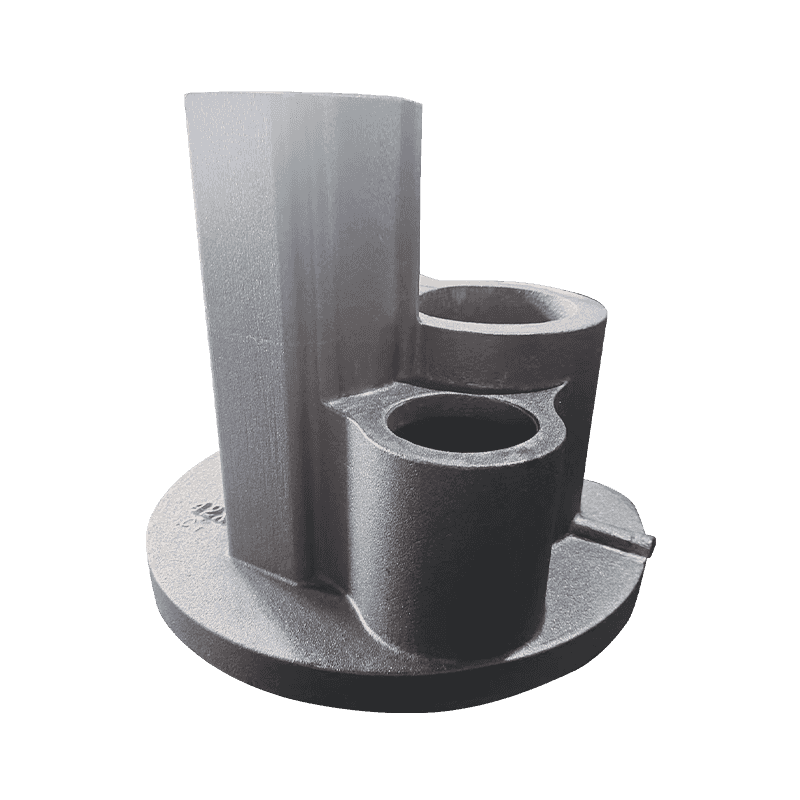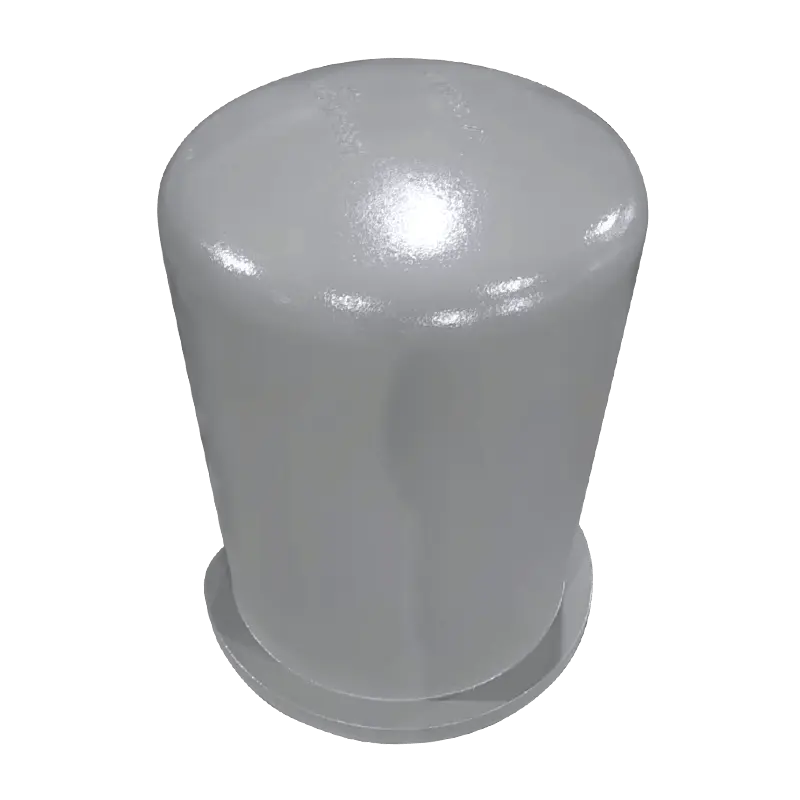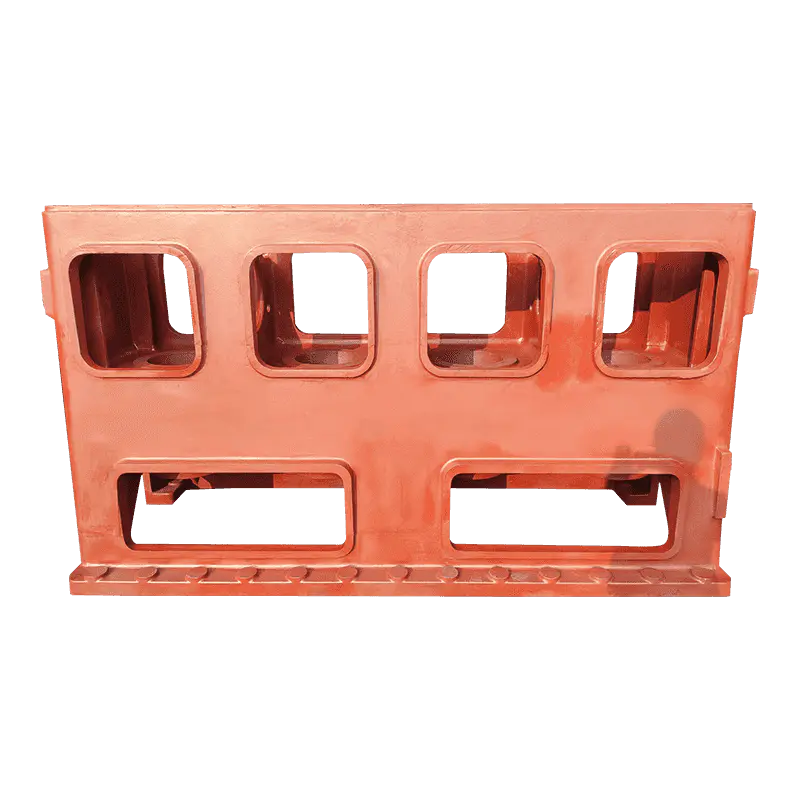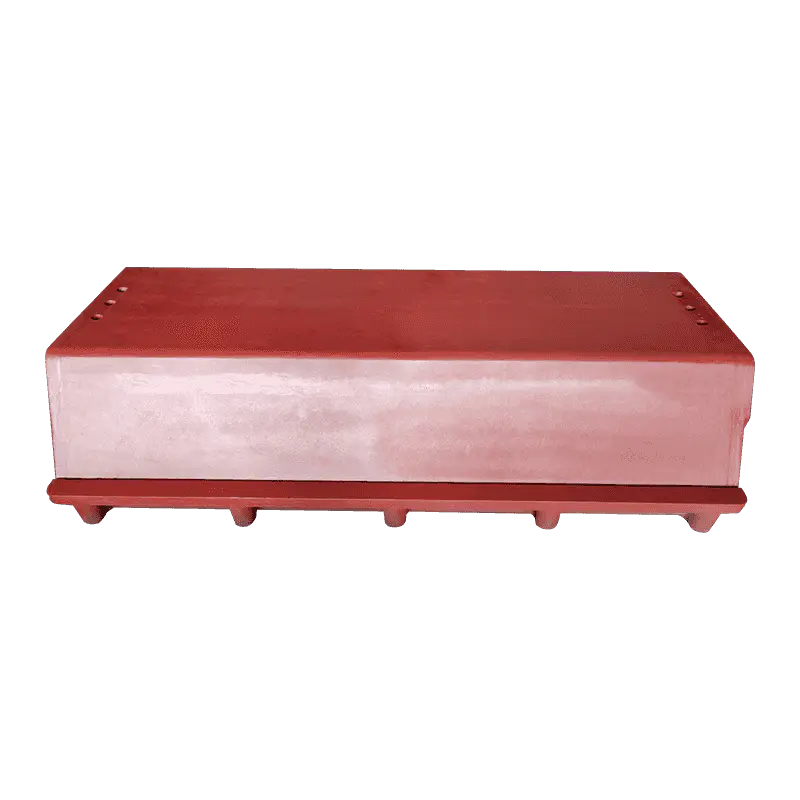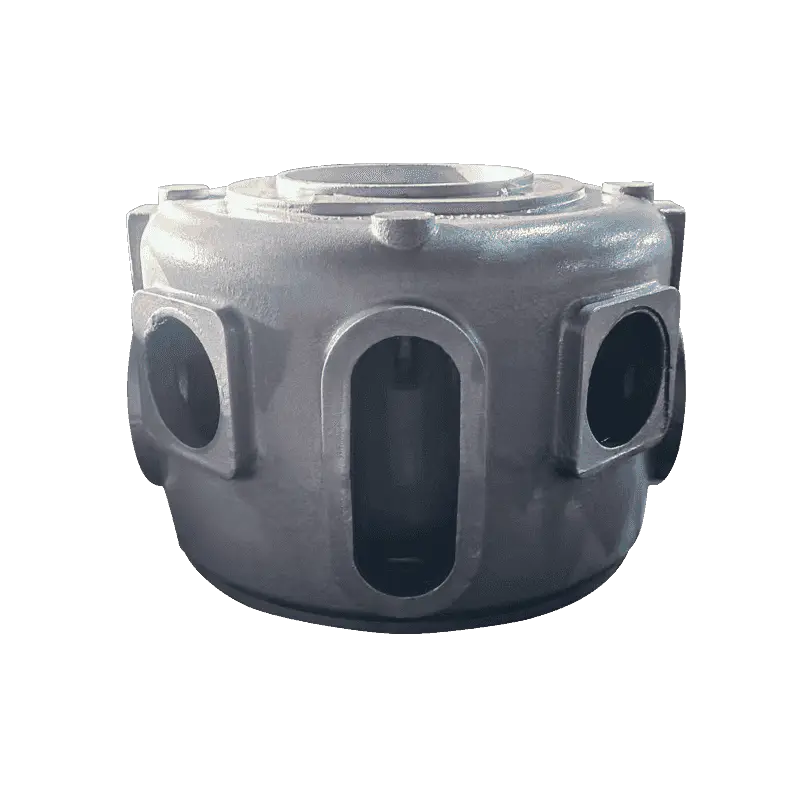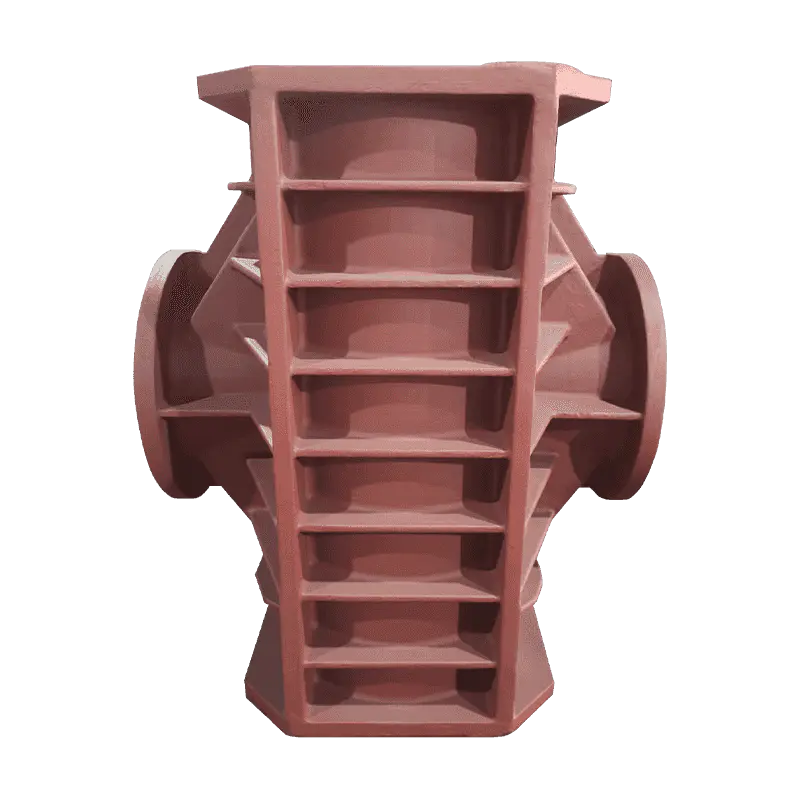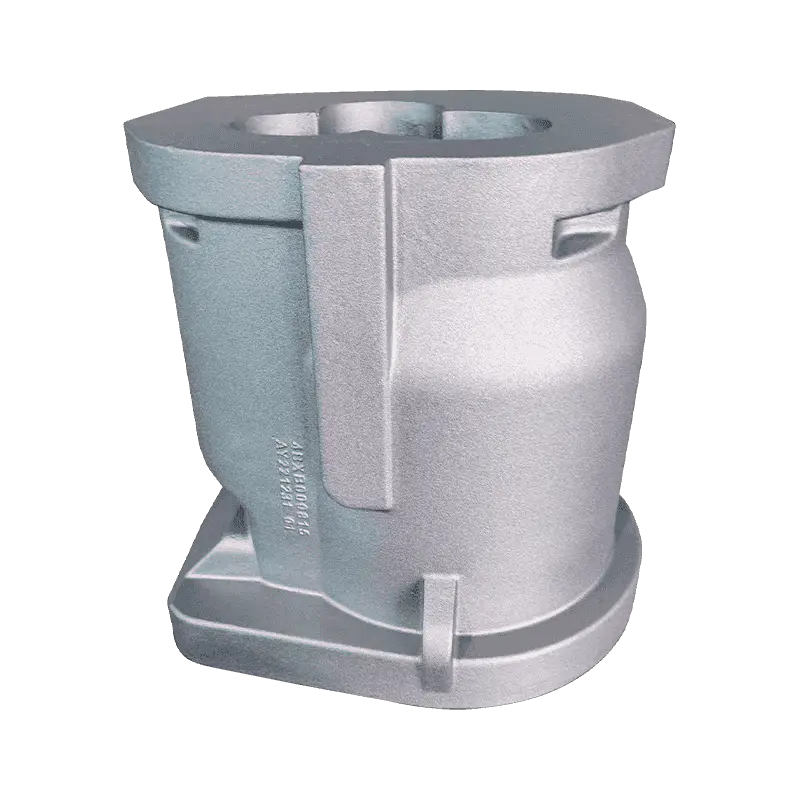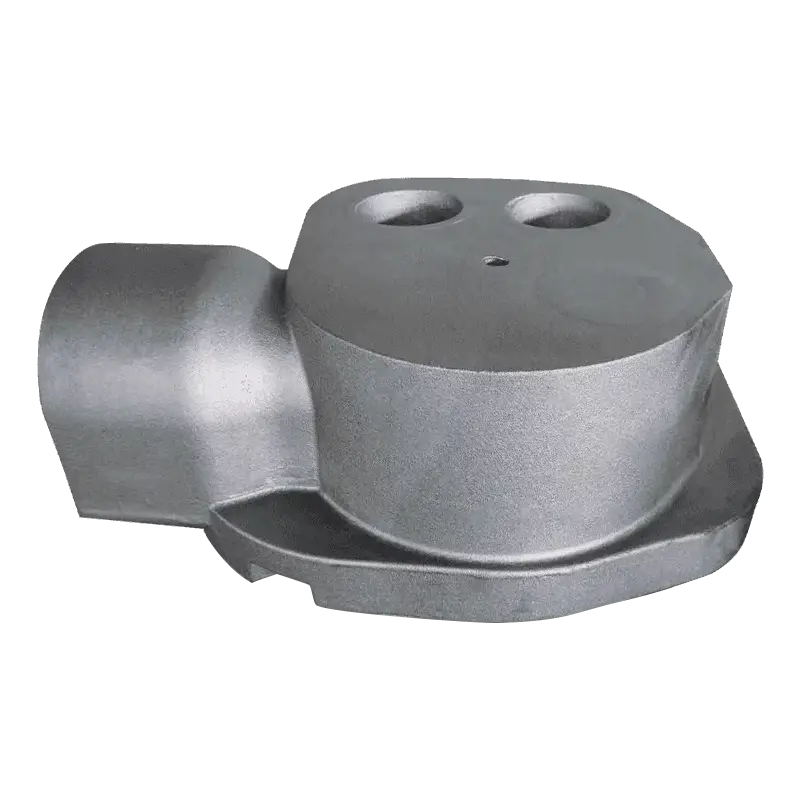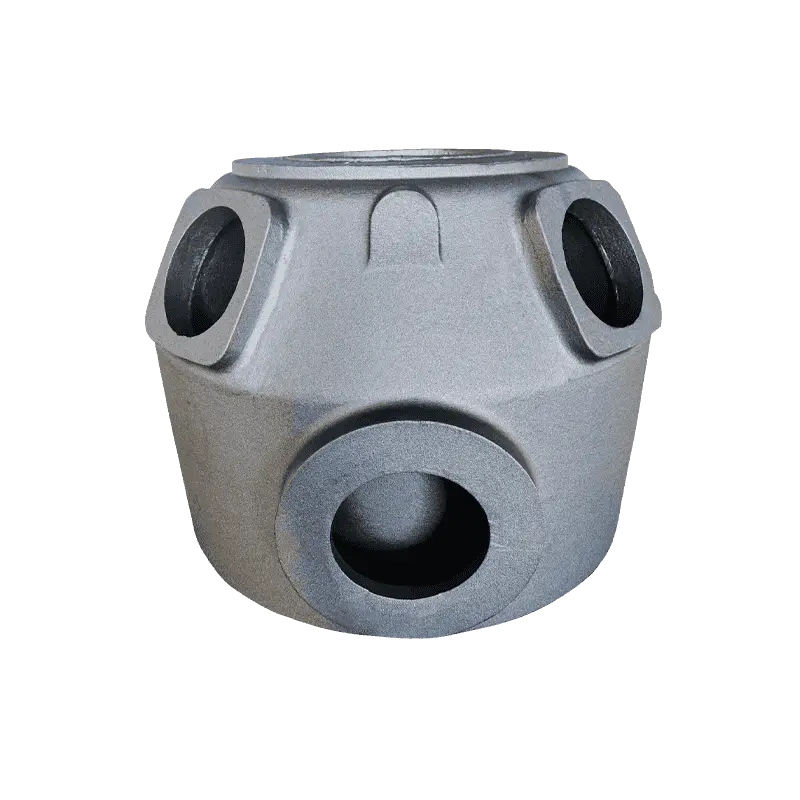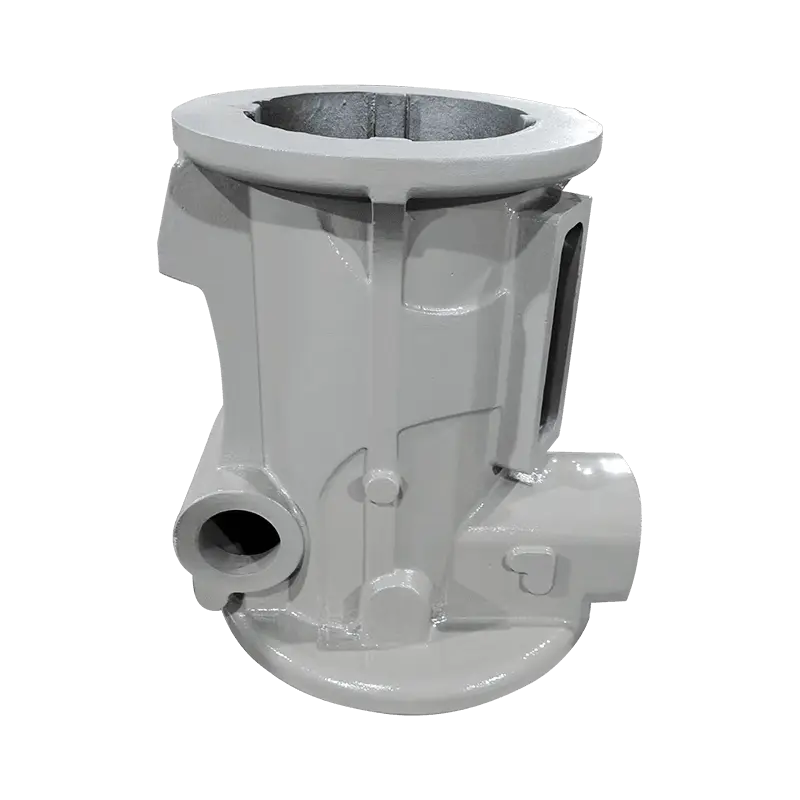The impeller and blades of an axial flow pump are meticulously engineered to optimize axial fluid movement while minimizing flow disturbances. The blade profile—encompassing curvature, thickness, and angle—is designed to maintain smooth, laminar flow patterns over a wide range of flow rates. For certain advanced models, the blades are adjustable, allowing operators to vary the pitch in response to changing hydraulic demands. This adjustability enables the pump to sustain high hydraulic efficiency and stable pressure output even as flow rates vary significantly. By preventing flow separation and minimizing turbulence, the impeller design reduces the likelihood of surge phenomena, which can cause operational instability and damage. The engineering process employs computational fluid dynamics (CFD) simulations and empirical testing to refine blade geometry for optimal performance across variable conditions.
Downstream of the impeller, guide vanes serve as stationary flow directors that convert kinetic energy into pressure energy more effectively. By straightening swirling flows and reducing eddy formations, these vanes stabilize the discharge flow, ensuring consistent pressure regardless of upstream fluctuations. Diffusers further enhance this effect by gradually expanding the flow passage, reducing velocity and converting flow momentum into increased pressure with minimal energy loss. This flow conditioning prevents adverse hydraulic phenomena such as cavitation and flow separation, which can compromise pump stability and longevity. The guide vane and diffuser designs are tailored to complement the impeller characteristics and the specific operating range of the axial flow pump.
The mechanical components of the pump, including the shaft and bearings, are engineered to withstand the dynamic forces generated by variable flow and pressure conditions. Heavy-duty shafts, often fabricated from high-strength alloys or stainless steel, resist bending and torsional stresses that could cause misalignment or fatigue failure. Bearing assemblies are selected and lubricated to accommodate axial and radial loads, dampening vibrations and ensuring smooth rotation. This robust mechanical foundation prevents premature wear and maintains precise component alignment, which is critical for preserving hydraulic efficiency and operational stability under fluctuating loads. Design considerations include fatigue life analysis, material toughness, and maintenance accessibility.
Integrating control systems, particularly Variable Frequency Drives (VFDs), allows precise regulation of pump speed in response to real-time demand. By adjusting the rotational speed of the motor, VFDs modulate flow rate and discharge pressure smoothly, avoiding abrupt hydraulic shocks or surges that could destabilize operation. This capability enhances energy efficiency by matching pump output closely to system requirements and extends equipment lifespan by minimizing mechanical stress. Advanced control systems may also incorporate sensors and automation for predictive maintenance, flow monitoring, and fault detection, enabling proactive management of variable operating conditions. The combination of VFDs and automation represents a significant advancement in axial flow pump operational stability and responsiveness.
To further mitigate the impact of flow and pressure fluctuations, axial flow pumps may incorporate hydraulic dampers or flexible couplings that absorb transient shocks and vibrations. Hydraulic dampers utilize fluid dynamics principles to smooth pressure spikes, while flexible couplings isolate the drive train from torsional vibrations. These dampening mechanisms reduce mechanical fatigue, prevent resonance conditions, and preserve the structural integrity of the pump assembly. Their inclusion is particularly important in applications subject to frequent start-stop cycles or rapid changes in system demand.

